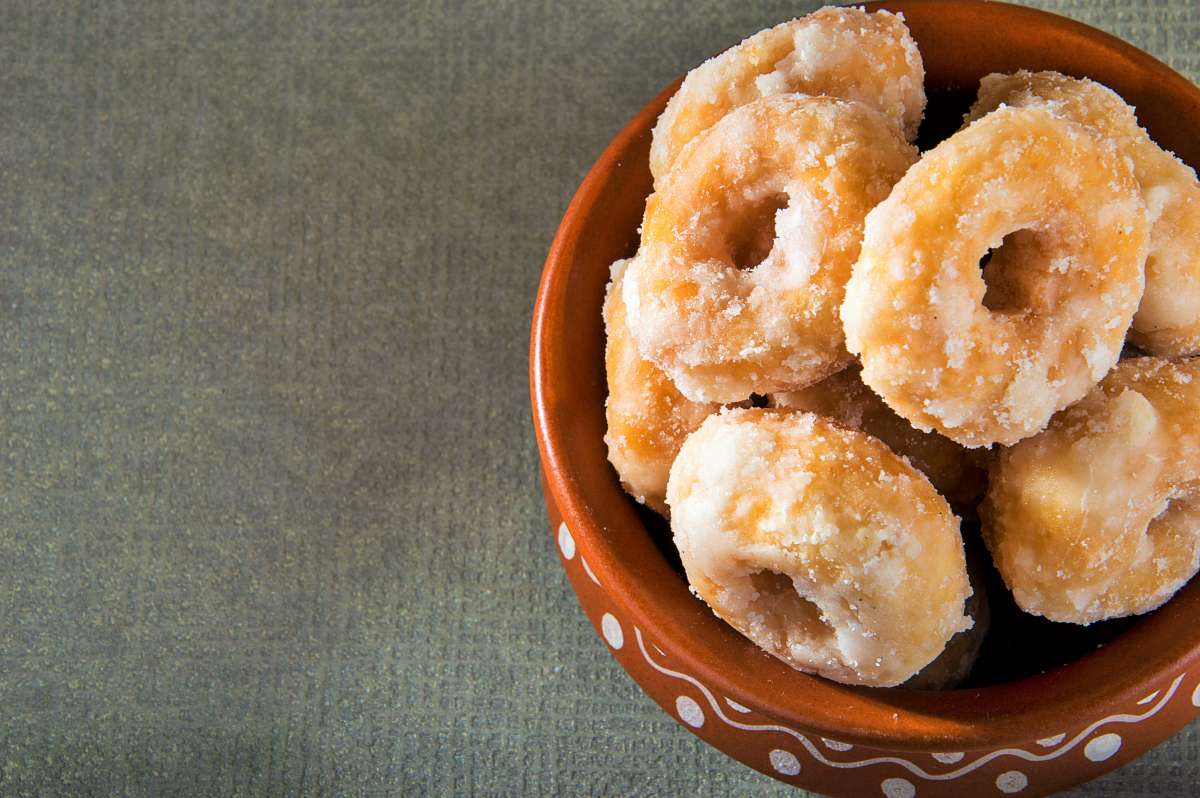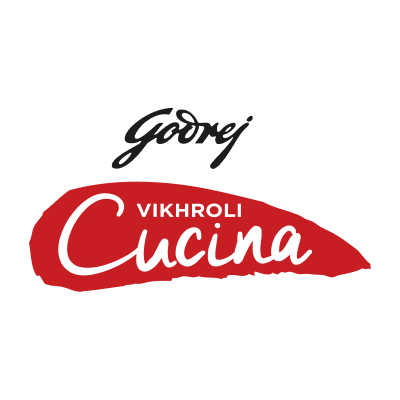
Five dishes that can be traced back to a spot in India
Lesser-known dishes that have brought their places of origin into the spotlight

The mellow yet mildly sweet Indori poha, spicy Bikaneri bhujia, the sugar-coated Agra ka petha. All three are very different dishes, yet there are common threads linking all of them. These dishes are what many of us have grown up eating. Indeed, for many, these are comfort food, while for others, even a single bite is enough to evoke a sense of nostalgia.
Foods such as these, which make us nostalgic, are expected to make a strong comeback this year, according to the Godrej Food Trends Report 2021. As Chef Anahita Dhondy Bhandari points out, “At the end of the day people look for a delicious meal. Yes, they might be conscious about eating right, and restaurants might be favoured for a theme or specific items, but what always does well is comfort food and familiar flavours.”
The other commonality is that all of these dishes can be traced back to the towns or cities that they were first made in, which isn’t something that many recipes in regional cuisines can boast of. And while there are several such iconic dishes which everyone knows of, the other lesser-known ones also deserve a mention. Here are a few.
Silao khaja
This flaky sweet is popular in Silao, a town between the famous Buddhist attractions of Rajgir and Nalanda in Bihar. The khaja consists of around 12-16 thin sheets of dough that are layered on top of the other and then fried. It is made with simple ingredients — wheat flour, maida, sugar, ghee, cardamom and saunf. Silao khaja got its Geographical Indication (GI) tag in 2018.
Thoothukudi macaroon
Not to be confused with the delicate French confectionery, Thoothukudi macaroons have a delicious charm of their own. These chewy delights are a popular confectionery in the seaport of Thoothukudi in Tamil Nadu. The Thoothukudi macaroon is made from only three ingredients — cashew nuts, sugar and eggs — and is traditionally baked in firewood ovens. It has a unique cone shape with a gently rounded base, a bulging middle and a pointed peak.
Bandel cheese
This indigenous regional cheese is named after Bandel, a small town near Kolkata. Its smoky aroma and salty flavour lend themselves well to salads and pasta. Bandel cheese is available in two varieties — plain and smoked — and usually comes in small rounds.
Arcot makkan peda
It looks like a gulab jamun, but it isn’t quite. The Arcot makkan peda is said to have originated in the Nawab of Arcot’s kitchens. Whether it did or not, the sweet treat is a rich affair. A dough made of maida and khoya is rolled into small balls and stuffed with chopped dry fruits such as raisins, pistachios, cashew nuts and almonds. The balls are fried in oil until they turn golden brown and then soaked in sugar syrup for at least 10 hours.
Dharwad peda
This rich, melt-in-the-mouth peda originated from Dharwad, a town in Karnataka, and has received the GI tag. According to popular lore, a Thakur family from Uttar Pradesh migrated to Dharwad and began making these milk-based sweets. Soon people began flocking to the family’s shop in the Line Bazar area to buy them. The brown-coloured Dharwad pedas are made from caramelised khoya and traditionally coated in taagar — a white powdery substance made using sugar and ghee.
Are there any other dishes you know of which can be traced back to one location in India? Share it with us in the comments below.
Tags
0 Comment
You may also like
-
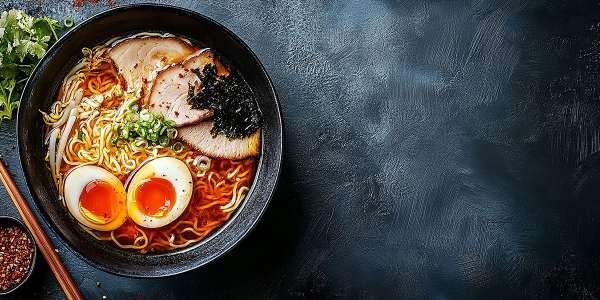
Features The most craved TV food that sparked global cravings
by Vikhroli Cucina
-

Features The Culinarian's Take: The ultimate holiday wine picking guide with Sula Vineyards
by Vikhroli Cucina
-
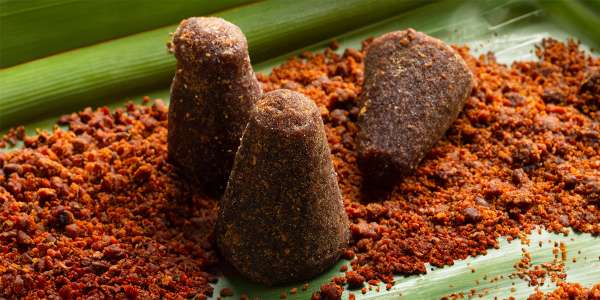
Features How India eats when the weather turns cold
by Vikhroli Cucina
-
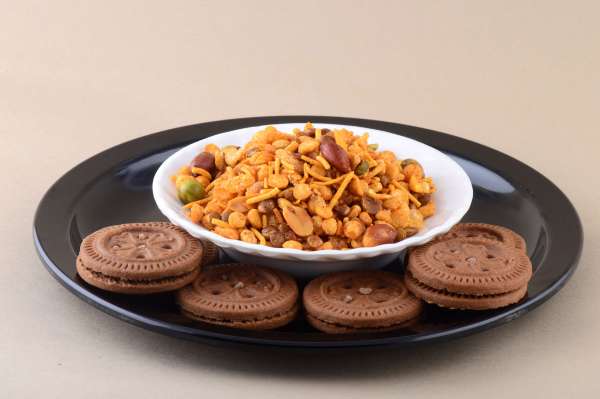
Features What Indian childhood memories taste like…
by Vikhroli Cucina

